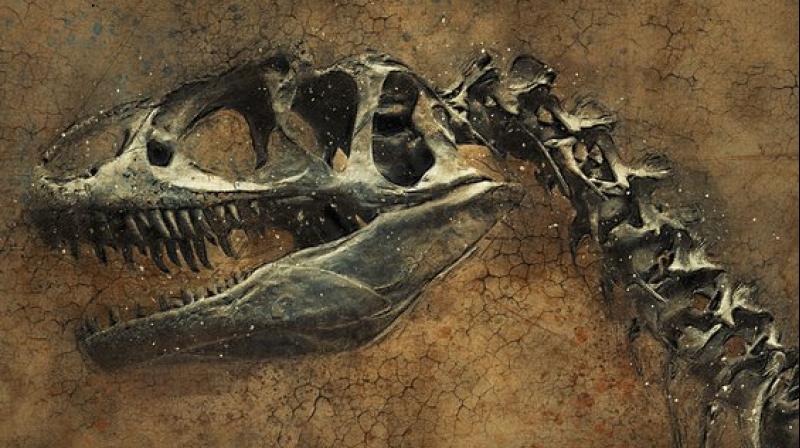Study reveals dinosaur killing asteroid wiped out first tree-dwelling birds too
While fossil animals like dinosaurs and birds often get more love than fossil plants, plants are critical to understanding life on Earth.

The asteroid that wiped out dinosaurs from the Earth about 66 million years ago also led to the extinction of the first tree-dwelling birds, a study has found.
The asteroid crashed to Earth with a force one million times larger than the largest atomic bomb, causing the extinction of the dinosaurs.
"Looking at the fossil record, at plants and birds, there are multiple lines of evidence suggesting that the forest canopies collapsed," said Regan Dunn, a paleontologist at the Field Museum in the US.
"Perching birds went extinct because there were no more perches," said Dunn. Immediately after the asteroid hit, the fossil record shows the charcoal remains of burnt trees, and then, tonnes of fern spores.
An abundance of fern spores in the fossil record often comes on the heels of a natural disaster that destroyed larger plants like trees.
"We concluded that the temporary elimination of forests in the aftermath of the asteroid impact explains why arboreal birds failed to survive across this extinction event," said Daniel Field from the University of Bath in the UK.
"The ancestors of modern arboreal birds did not move into the trees until forests had recovered from the extinction-causing asteroid," Field said.
The study examined the fossil record from New Zealand, Japan, Europe and North America, which showed there was a mass deforestation across the globe at the end of the Cretaceous period. And with no more trees, the scientists found, tree-dwelling birds went extinct.
The birds that did survive were ground-dwellers - birds whose fossilized remains show longer, sturdier legs like we see in modern ground birds like kiwis and emus.
The Cretaceous equivalent of robins and sparrows, with delicate little legs made for perching on tree branches, had no place to live. "Today, birds are the most diverse and globally widespread group of terrestrial vertebrate animals - there are nearly 11,000 living species," said Field.
"Only a handful of ancestral bird lineages succeeded in surviving the mass extinction event 66 million years ago, and all of today's amazing living bird diversity can be traced to these ancient survivors," he said.
While fossil animals like dinosaurs and birds often get more love than fossil plants, Dunn said that plants are critical to understanding life on Earth.
"Plants are everything, plants are the context in which all terrestrial life evolves and survives. They are primary producers, they make energy available to all life forms by capturing it from the sun - we can't do that," he said.

